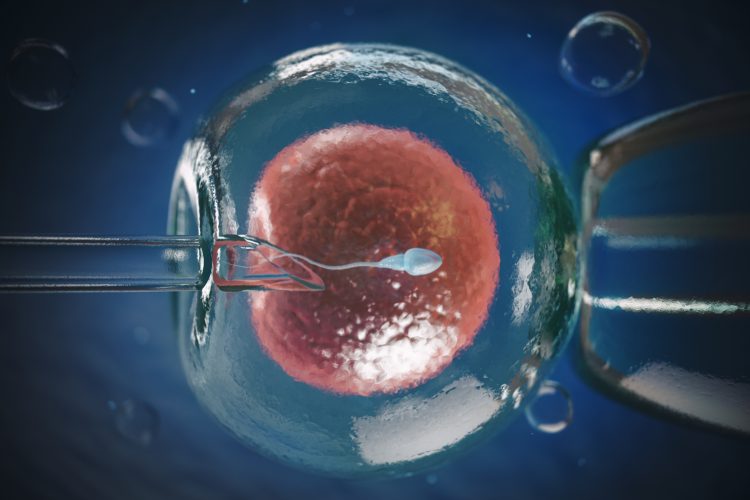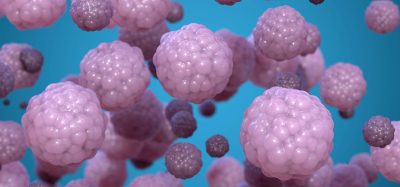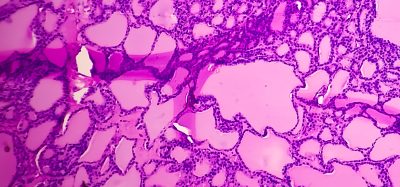The effect of ovarian stimulation on IVF outcomes
Posted: 23 April 2024 | Drug Target Review | No comments yet
In mouse models, the differences between oocytes collected by natural or stimulated approaches were investigated.


A research team from Japan have explored the differences between oocytes collected using natural and stimulated approaches. Particularly in Japan, infertility rates are rising, with aging and stress affecting one in every 4.4 couples. Although assisted reproduction technologies (ARTs) and in vitro fertilisation (IVF) can aid conception, IVF has a low success rate, as its success is closely related to the quality of the oocytes obtained from the ovaries.
Currently, there are two main approaches in clinical practice to obtain oocytes: the stimulated cycle method and the natural cycle method. In the stimulated cycle method, the patient is administered ovulation-inducing agents orally or through injections, allowing clinicians to extract multiple mature oocytes in one go. However, the natural cycle method avoids or uses minimal administration of inducing agents, and usually only one or two oocytes can be collected per month as a part of the natural ovulation cycle.
There is an ongoing debate about which method is better, but there is no definitive evidence on whether the ovulation inducing method affects the quality of the embryo. Dr Kazuo Yamagata from the Faculty of Biology Oriented Science and Technology (BOST) at KINDAI University explained: “Although the influence of ovarian stimulation on embryo quality has been described, this issue remains controversial. Here, we analysed the influence of ovarian stimulation on developmental speed and chromosome segregation using live-cell imaging.”
Live-cell imaging
The team established two groups of female mice from which to collect oocytes. The ‘stimulated group’ was treated with ovulation-inducing agents and the other ‘non-stimulated group’ was not given any drugs. Then, all the viable oocytes were fertilised using sperm obtained from a single male mouse, and the development of the embryos were monitored by live-cell imaging.
Initial experiments confirmed that stimulated mice produced around 1.4 times more viable oocytes than the non-stimulated mice. The scientists employed a new live-cell imaging technique that had previously been developed by the team, to perform long-term observations of preimplantation embryos. This live-cell imaging assessed developmental abnormalities in the fertilised oocytes. By injecting the embryos with RNA encoding a fluorescent protein, intracellular processes of the embryos were observed, enabling the visualisation of embryonic development in a near-natural state.
These observations of the developing embryos showed no large differences between both groups, indicating that stimulation did not adversely affect the formation and distribution of chromosomes, or the process of cell multiplication. Notably, the researchers saw that initial cellular divisions were slightly faster in embryos produced from stimulated oocytes, leading to faster development, which is important for fertility treatment, as faster initial development can translate into higher chances of successful implantation.
Overall, the findings demonstrate that the stimulated cycle method is a viable technique to collect a higher number of oocytes compared to the natural cycle method. Also, the stimulated cycle method has no adverse effect on the quality of eggs. More research is required in this domain, although the team expects their findings will have significant implications in the future of fertility science.
This study was published in the Journal of Reproduction and Development.
Related topics
In Vitro, in vitro fertilisation (IVF)
Related conditions
infertility
Related organisations
Asada Institute for Reproductive Medicine, Faculty of Biology Oriented Science and Technology at KINDAI University, Yokohama City University Medical Center
Related people
Dr Kazuo Yamagata (KINDAI University)








